Africa’s landscape holds some of the world’s most extraordinary and lesser-known
natural wonders. From mysterious stone formations to otherworldly geological
features, these hidden gems showcase nature’s artistic prowess across the
continent.
Let’s explore 20 remarkable formations that challenge your perception of what’s
naturally possible.
Eye of the Sahara (Mauritania)
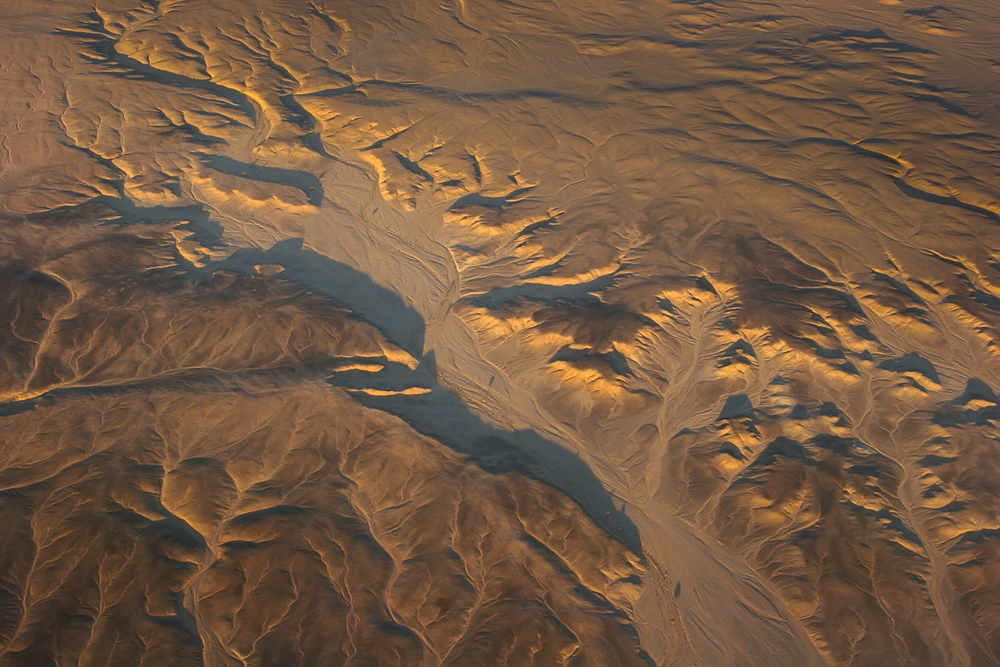
Also known as the Richat Structure, this massive circular formation spans 25 miles
across the Sahara Desert. Ancient rock layers create a mesmerizing bull’s-eye
pattern visible from space, initially mistaken for an impact crater.
This geological marvel formed through millions of years of erosion of layered sedimentary and metamorphic rocks.
Avenue of the Baobabs (Madagascar)
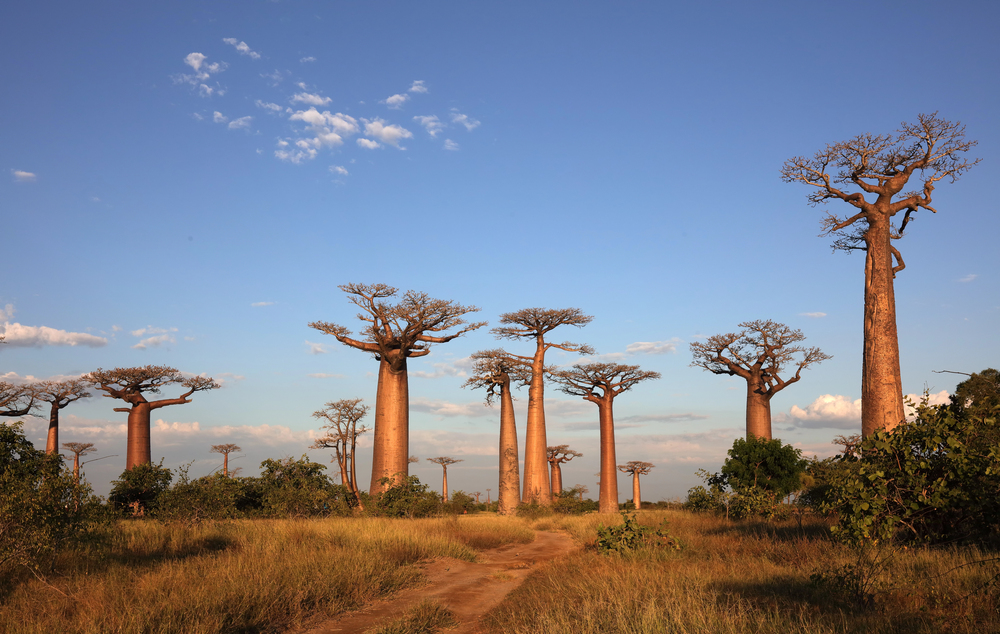
Near Morondava, a grove of ancient baobab trees reaching 100 feet in height stands
along a dirt road. Some over 800 years old, these massive trees create a natural
tunnel with their otherworldly shapes and twisted branches.
The avenue represents what’s left of the dense tropical forests that once thrived in the region.
Like Travel Pug’s content? Follow us on MSN.
Danakil Depression (Ethiopia)
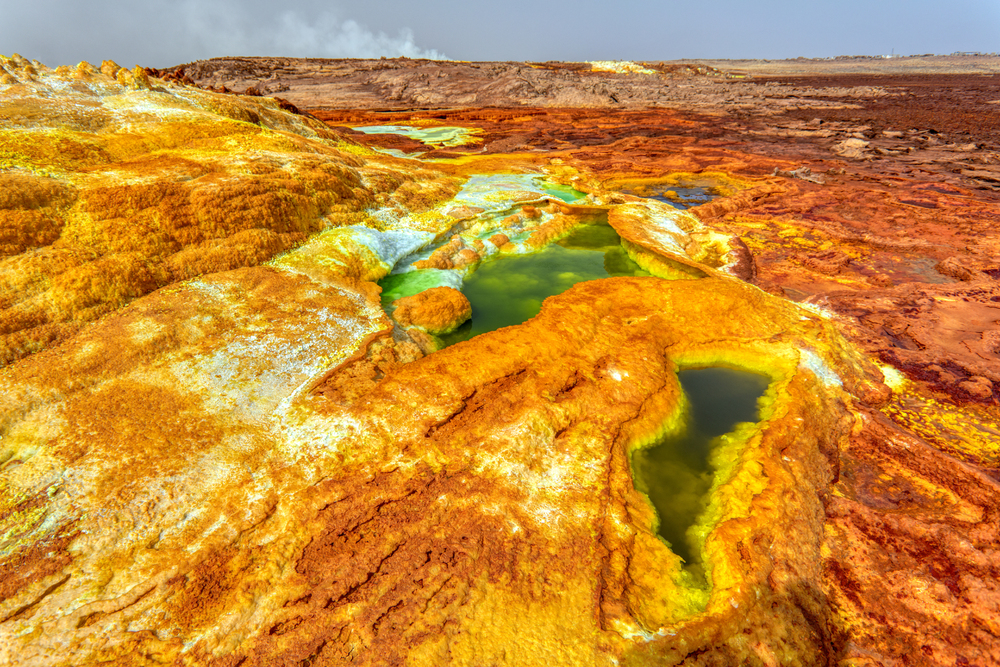
In one of Earth’s lowest and hottest places, sulfuric acid pools and mineral-rich hot
springs create a psychedelic landscape of yellow, orange, and green. The area’s
average daily temperatures soar above 94°F, while its acidic pools can drop to a pH
of 1, making it one of the most extreme environments on Earth.
White Desert (Egypt)

Rising from the Western Desert, massive chalk formations create an otherworldly
landscape of white sculptures. Natural erosion has shaped these limestone
formations into mushroom-like shapes and what appears to be snow in the middle of
the desert.
The stark white formations create a theatrical scene under the full moon.
Tsingy de Bemaraha (Madagascar)
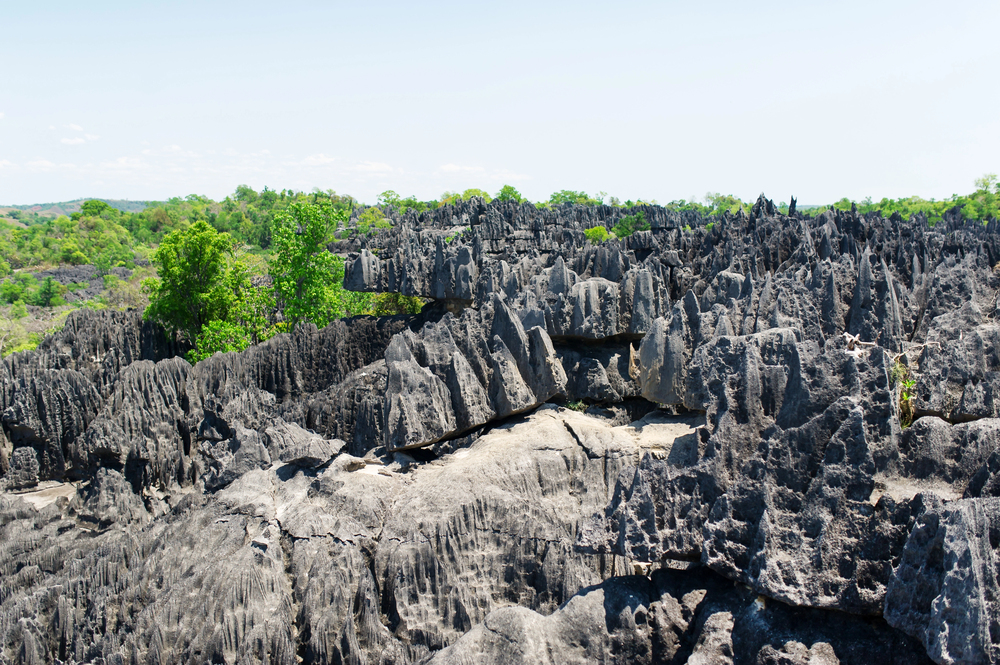
This forest of limestone needles creates one of Earth’s most dramatic landscapes.
Millions of years of rainfall have carved the limestone into razor-sharp spires
reaching 230 feet.
In Malagasy, ‘stingy’ means ‘where one cannot walk barefoot.’
Like Travel Pug’s content? Follow us on MSN.
Le Morne Brabant (Mauritius)
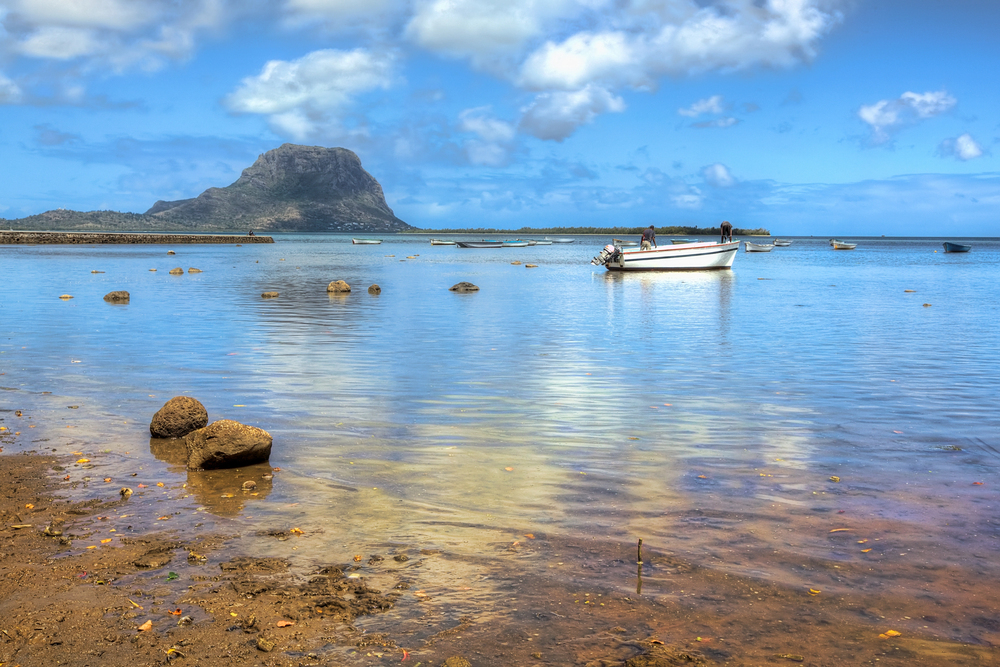
This dramatic basaltic monolith rises 1,824 feet above sea level on Mauritius’s
southwestern tip. The peninsula features a summit spanning over 12 acres
surrounded by cliffs.
This UNESCO World Heritage site holds deep historical significance as a shelter for escaped enslaved people during the 18th and early 19th centuries.
Tassili n’Ajjer (Algeria)
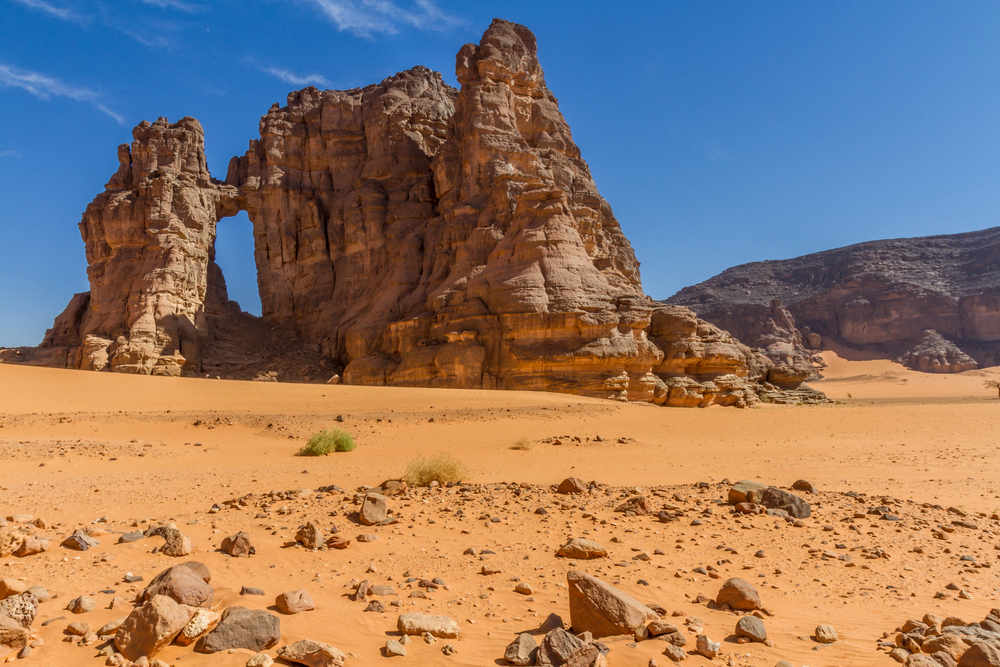
This vast plateau of sandstone arches and rock forests creates one of the most
striking landscapes in the Sahara. Wind erosion has carved countless natural
bridges and towers over millions of years, while the rock walls preserve thousands of
prehistoric cave paintings.
The area’s otherworldly terrain has earned it the nickname ‘Planet of the Rocks.’
Lake Natron (Tanzania)
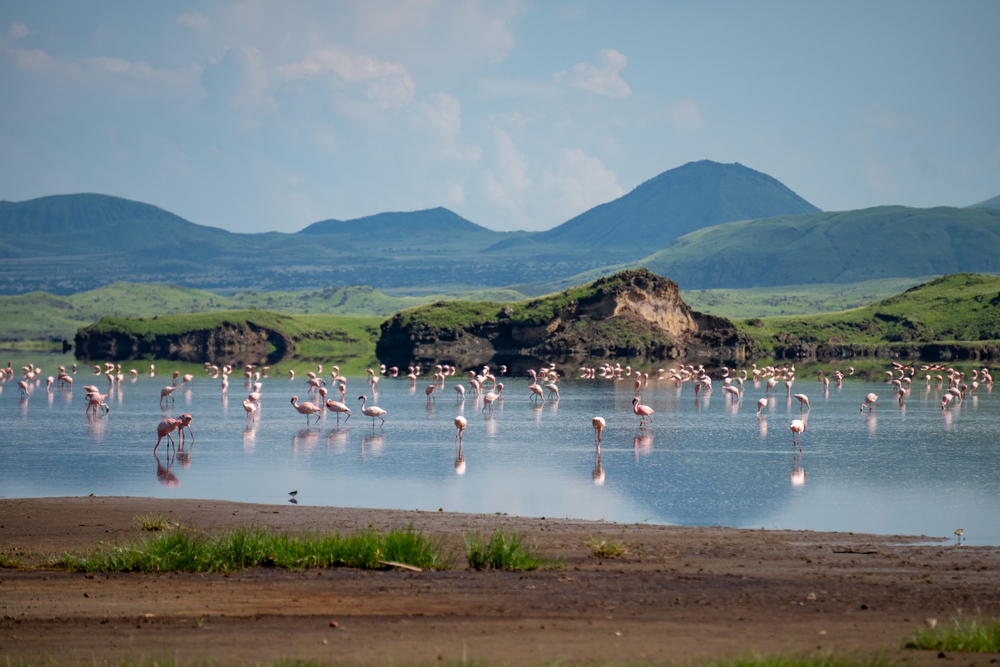
This blood-red lake contains caustic water that can calcify animals that die in its
waters. High levels of sodium carbonate and unique bacteria give the lake its striking
color, while islands of white salt create geometric patterns across its surface.
Despite its hostile environment, it is the primary breeding ground for lesser flamingos.
Like Travel Pug’s content? Follow us on MSN.
Tsodilo Hills (Botswana)

Four massive quartzite peaks rise abruptly from the flat Kalahari Desert. These
mysterious hills, adorned with over 4,500 ancient rock paintings, have been dubbed
the ‘Louvre of the Desert’ due to their exceptional concentration of rock art.
The site has been continuously inhabited for 100,000 years.
Blue Hole (Egypt)
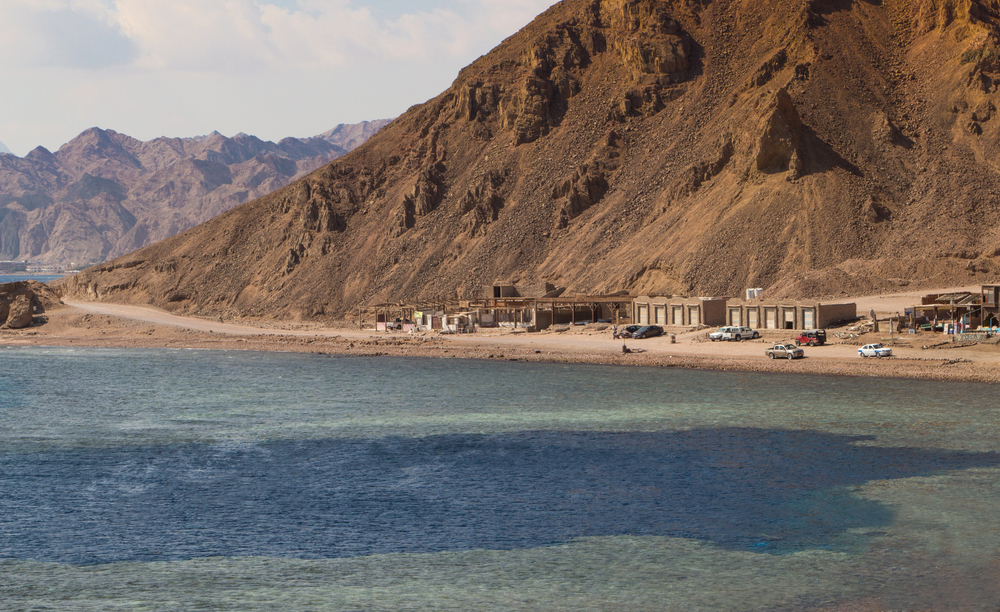
This underwater sinkhole in the Red Sea reaches 350 feet, creating a perfect circle
of deep blue amid the coral reefs. The formation is part of the Dahab reef system
and draws divers worldwide.
Its crystal-clear waters reveal intricate cave systems formed during past ice ages.
Skeleton Coast Dunes (Namibia)
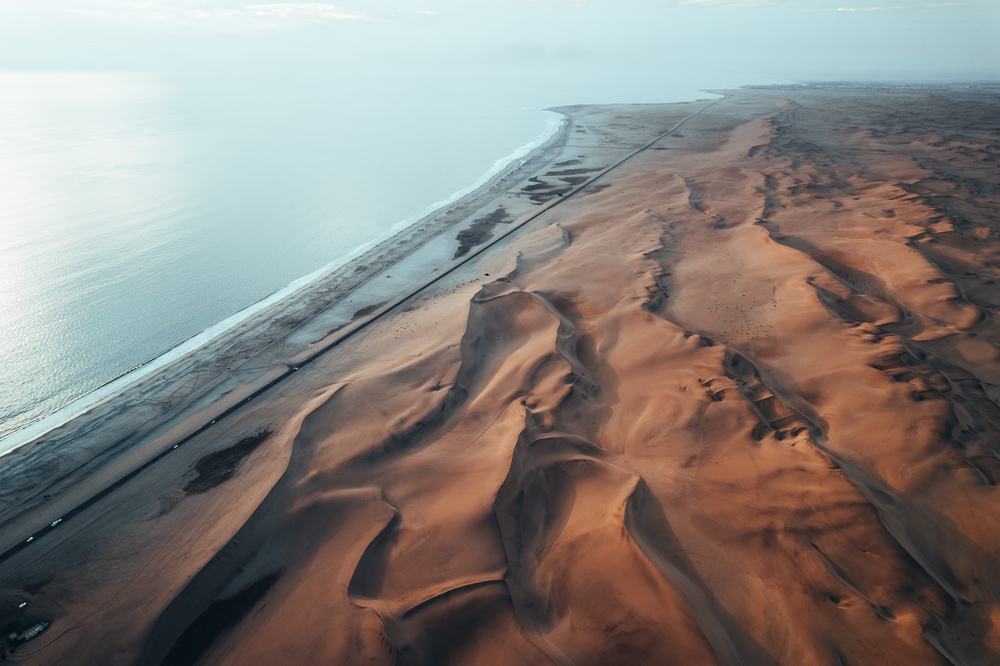
Along this haunting coastline, massive dunes meet the Atlantic Ocean, creating one
of Earth’s most dramatic desert-meets-sea landscapes. The dunes can reach 300
feet and stretch hundreds of miles along the coast.
The area gets its name from the numerous shipwrecks scattered along its shores.
Like Travel Pug’s content? Follow us on MSN.
Sossusvlei (Namibia)
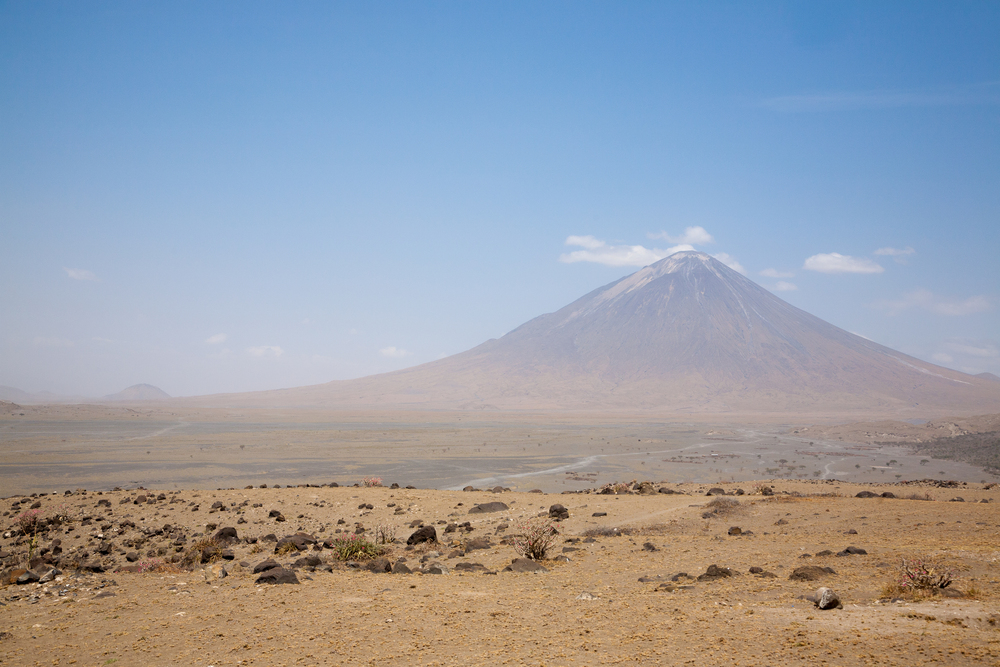
Ancient red dunes tower 1,000 feet high, making them some of the world’s tallest.
The clay pans between these massive dunes feature dead camel thorn trees, some
over 900 years old, preserved by the extreme aridity.
The landscape becomes particularly dramatic at sunrise and sunset.
Oldoinyo Lengai (Tanzania)
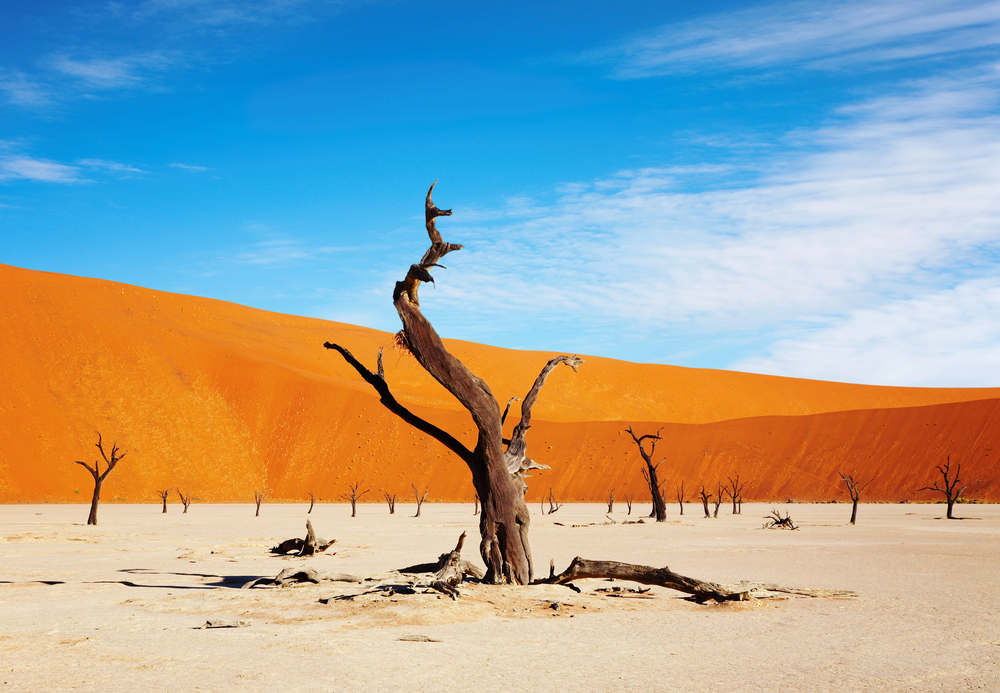
The world’s only active volcano, which erupts natrocarbonatite lava, creates an alien
landscape unlike any other on Earth. This unique black lava turns white when
exposed to moisture and cools so quickly that it sometimes shatters like glass.
The volcano’s name means ‘Mountain of God’ in the Maasai language, and its bizarre
formations make it easy to understand why.
Fish River Canyon (Namibia)
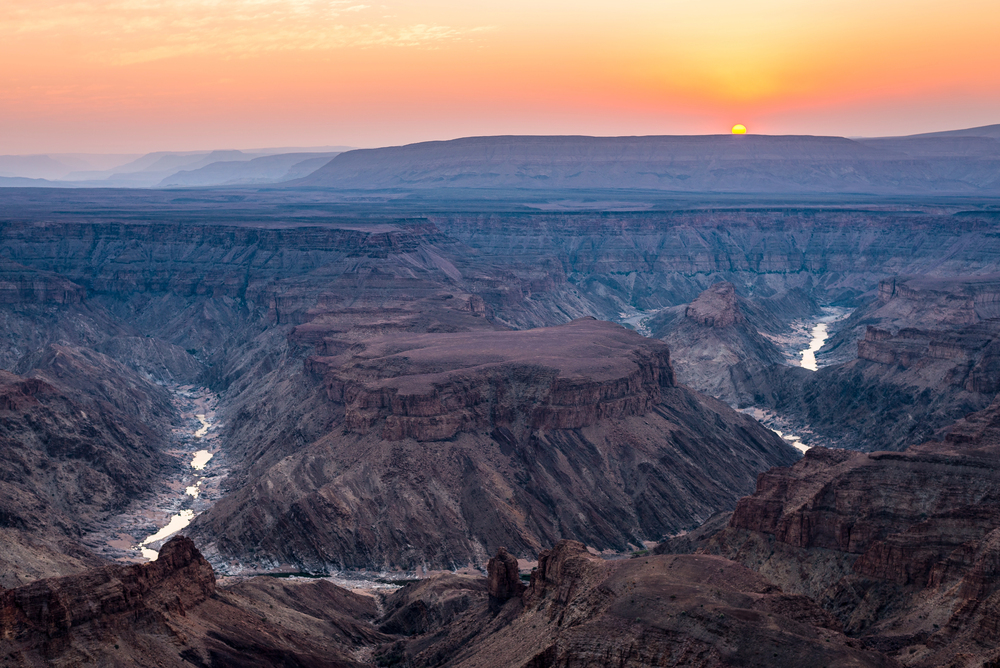
The largest canyon in Africa is 100 miles long and up to 17 miles wide, reaching
depths of 1,800 feet. Ancient geological processes carved this massive gorge over
500 million years ago, exposing rock layers that tell the story of Earth’s history.
The canyon’s floor hosts thermal springs and unique desert-adapted wildlife.
Like Travel Pug’s content? Follow us on MSN.
Cheminées de la Fantaisie (Tunisia)
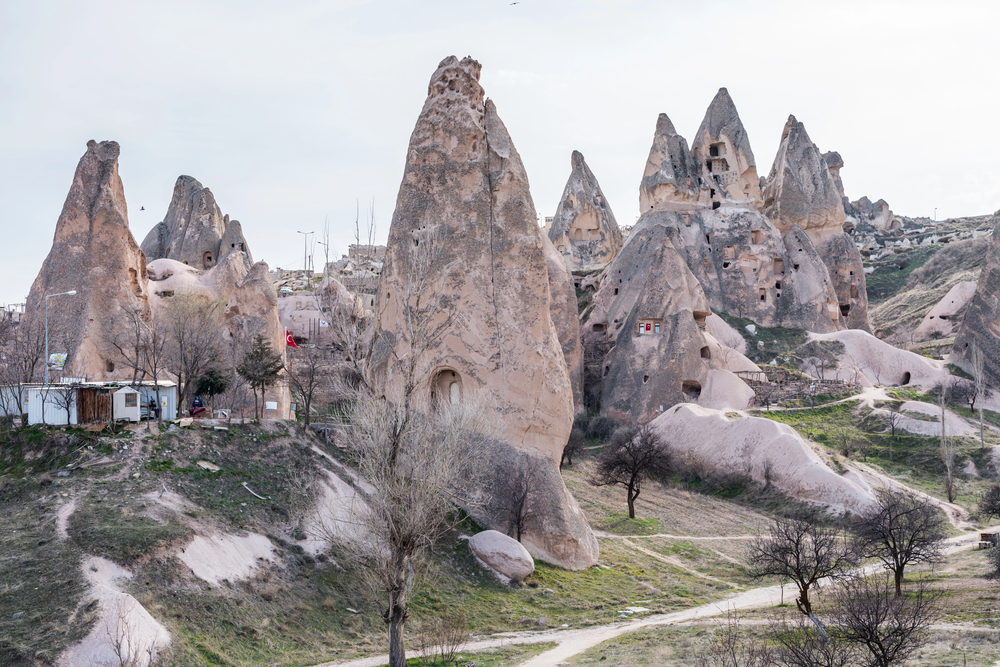
These natural rock spires in southern Tunisia rise from the desert floor like ancient
ruins. Wind erosion has carved these sandstone formations into fantastic shapes
resembling towers and chimneys, some reaching heights of 100 feet.
During sunrise and sunset, the structures glow orange and red.
Mount Kenya’s Gorges (Kenya)
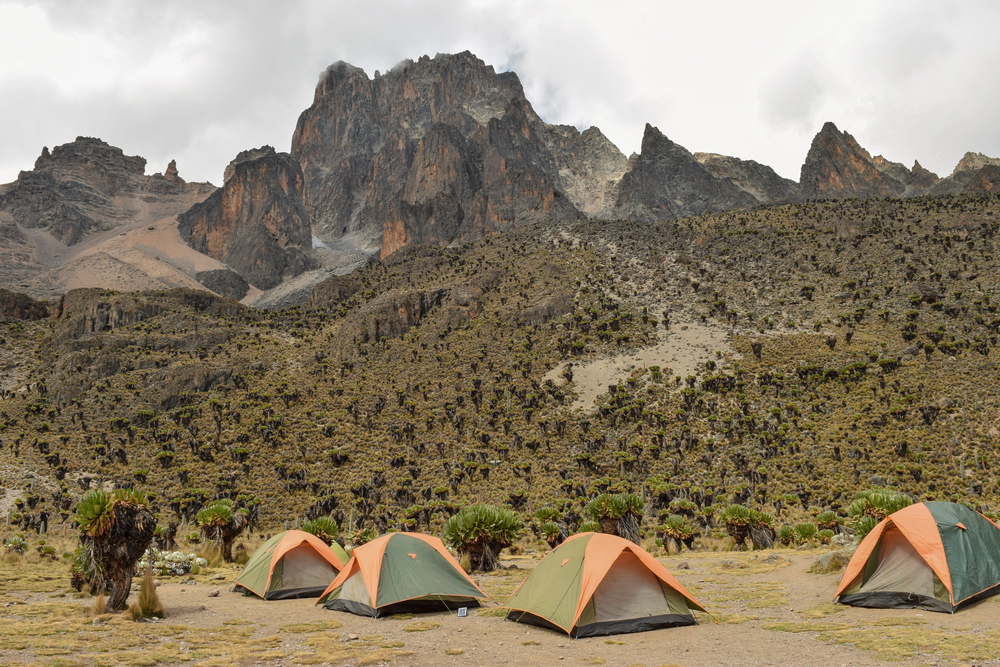
Deep glacial valleys cut through Africa’s second-highest peak, creating a landscape
of sharp ridges and hidden valleys. These U-shaped gorges, carved during past ice
ages, now host unique alpine ecosystems.
Some gorges reach depths of over 1,000 feet with nearly vertical walls.
Devil’s Kitchen (Ethiopia)
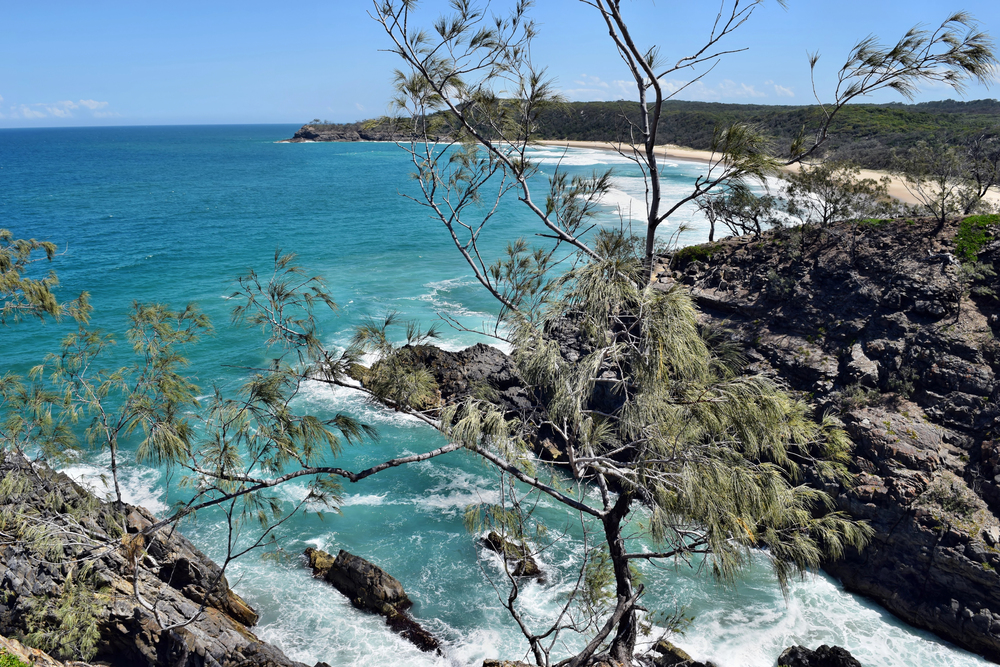
A series of active geothermal vents creates an otherworldly steam and mineral
deposit landscape. These natural chimneys constantly emit sulfurous gases and
create colorful mineral formations.
The area represents one of the few places on Earth where new crust is actively forming.
Like Travel Pug’s content? Follow us on MSN.
Brandberg Massif (Namibia)
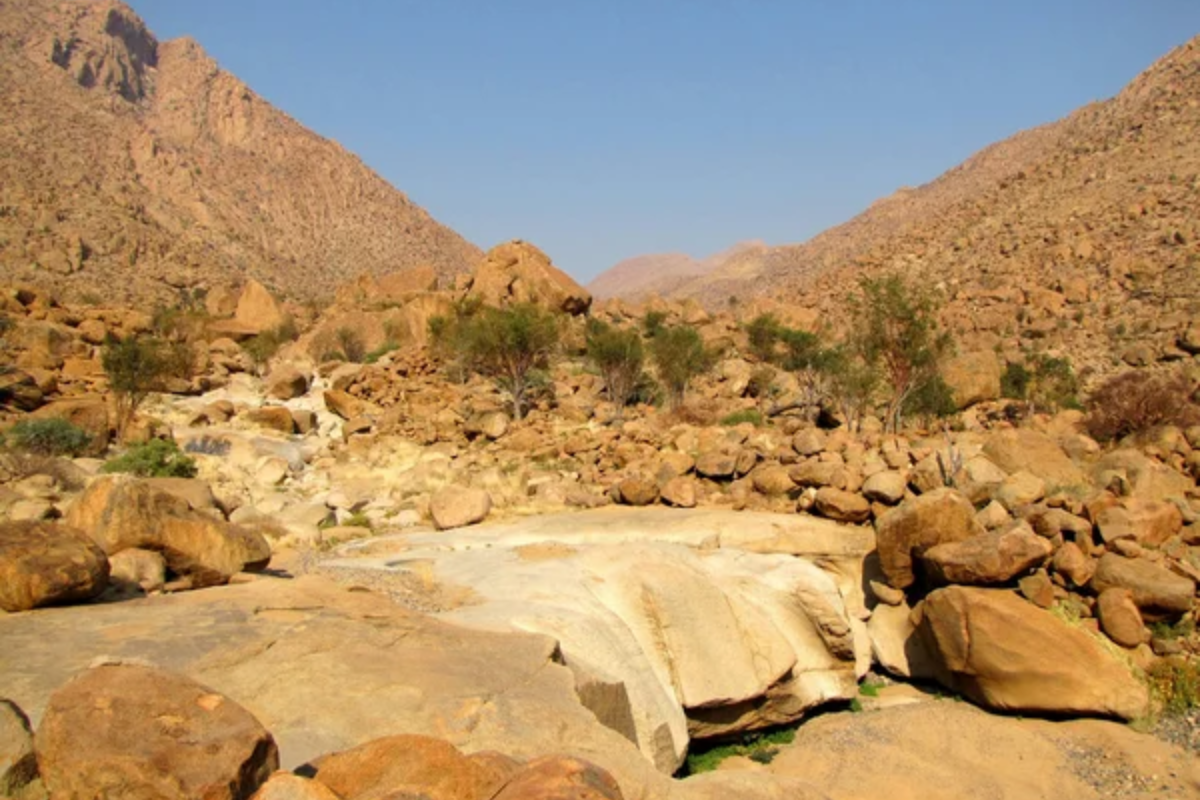
This granite inselberg, reaching 8,550 feet, rises dramatically from the Namib Desert.
It contains over 45,000 ancient rock paintings and engravings, making it Africa’s
largest open-air art gallery.
Granite was formed from molten rock over 120 million years ago.
Crystal Mountain (Egypt)
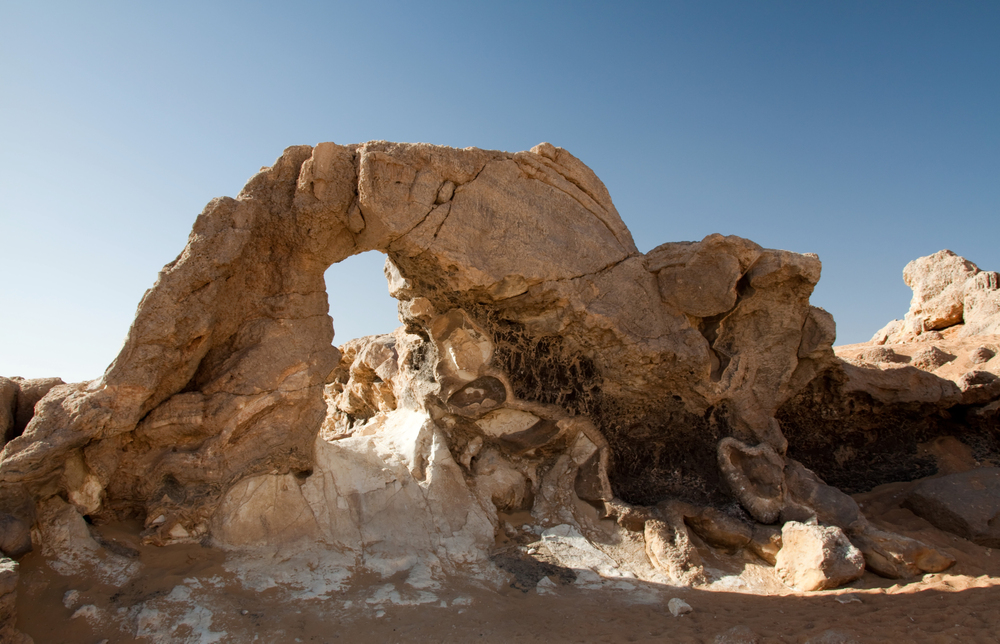
In the Western Desert lies a unique outcrop of naturally formed quartz crystals.
These crystalline formations protrude from the desert floor, creating striking patterns
when struck by sunlight.
The site represents one of the few exposed crystal deposits in the Sahara.
Stone Giants (Drakensberg)
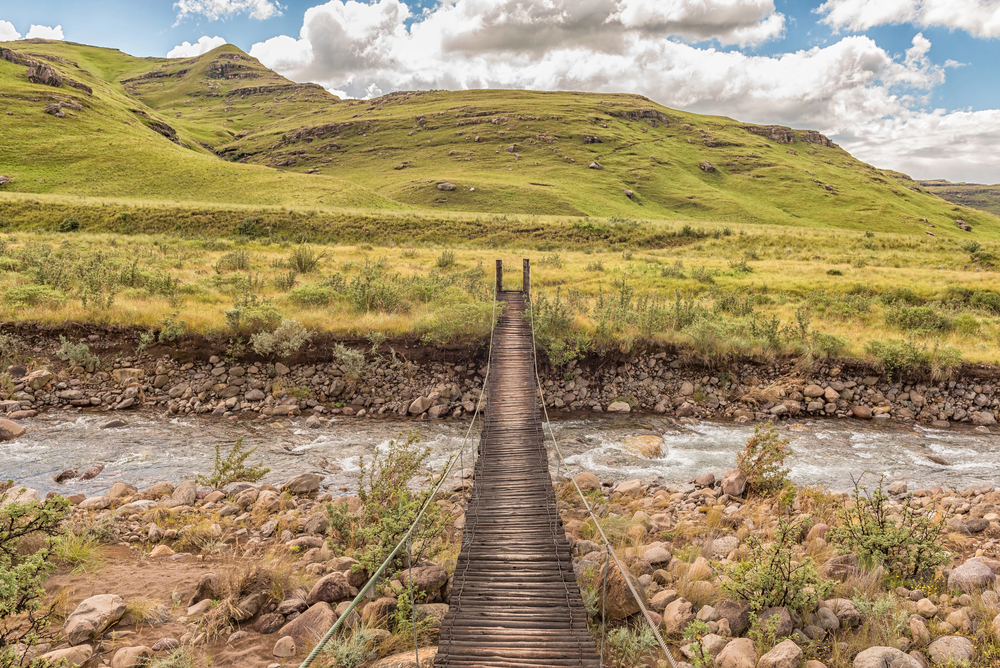
These massive basalt buttresses in South Africa’s Drakensberg Mountains create
one of the world’s most dramatic cliff faces. One hundred eighty million years ago,
volcanic activity created these near-vertical walls, reaching 4,000 feet.
The formations change color throughout the day as light plays across their faces.
Like Travel Pug’s content? Follow us on MSN.
Nature’s Greatest Wonders Await Discovery
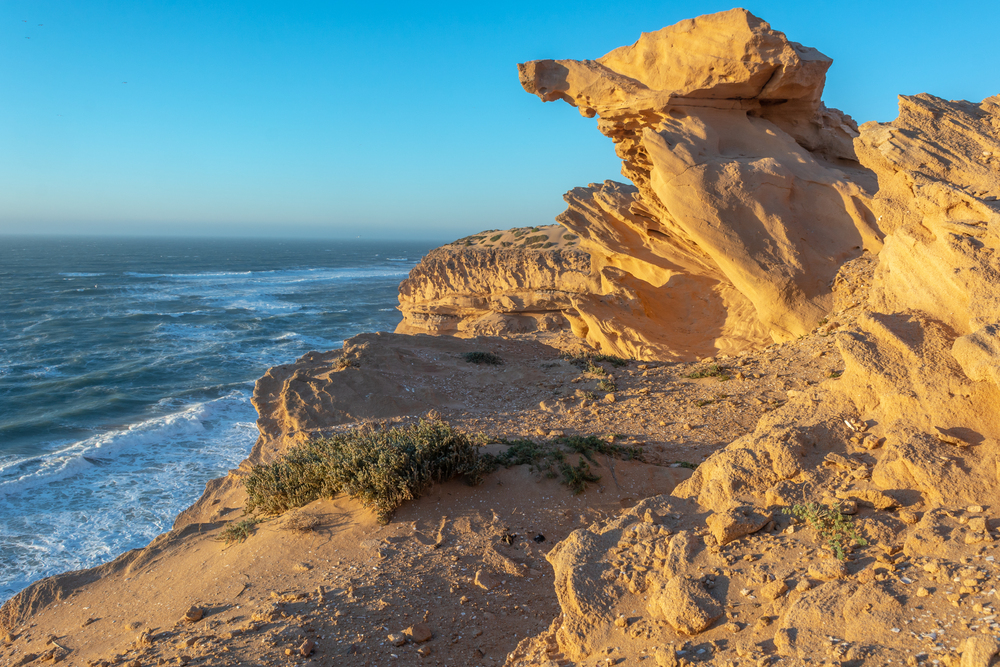
These extraordinary formations remind us that our planet still has countless
mysteries to explore. Each site tells a unique story of geological processes spanning
millions of years, creating natural artwork that defies imagination.
While some locations may be challenging, they offer rewards that make every effort worthwhile.
More from Travel Pug

- 15 Dangerous European Cities to Avoid
- 15 Caribbean Islands Where Tourists Keep Getting Scammed
- The 20 Most Fascinating Abandoned Places: A Journey Through Time and Forgotten Spaces
- 15 Hidden Places in the Smithsonian Museums Locals Love: A Guide to Lesser-Known Treasures
- 16 Hidden Florida Beach Towns That Aren’t Overrun with Tourists
Like Travel Pug’s content? Follow us on MSN.
